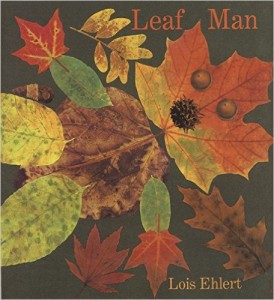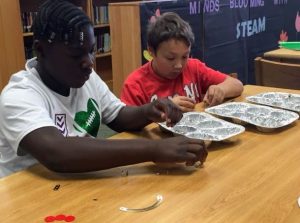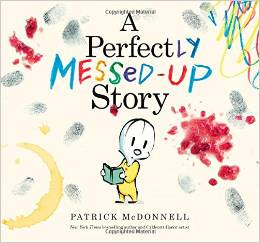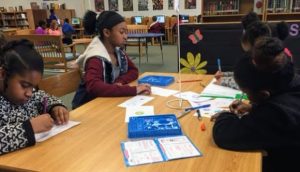Autumn is my favorite time of year, and I always look forward to celebrating in my library with read-alouds that celebrate the colorful falling leaves of the season. Here are some of my favorites:
 Fletcher and the Falling Leaves by Julia Rawlinson
Fletcher and the Falling Leaves by Julia Rawlinson
It’s autumn, and Fletcher’s favorite tree is slowly changing colors and losing its leaves. Fletcher is very worried. He tells the tree he’ll help. But when the very last leaf falls to the ground, Fletcher feels as though he’s let down his friend, until the first day of winter when Fletcher receives a surprise.
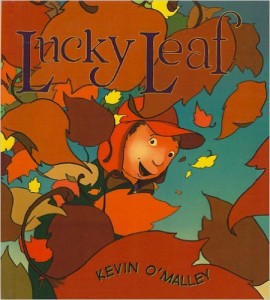 Lucky Leaf by Kevin O’Malley
Lucky Leaf by Kevin O’Malley
Our main character is thoroughly enjoying his video game until mom tells him to go outside and play. Fortunately he finds two of his friends who are in the same situation, and the three begin trying to catch the last leaf on a tree (the lucky leaf). The twist at the end of this comic book-style book is how our hero uses his good luck
 Red Leaf Yellow Leaf by Lois Ehlert
Red Leaf Yellow Leaf by Lois Ehlert
If you’re a regular reader of this blog, you know that I’m drawn to books that feature collage illustrations, and Ehlert is a master of this art form. In Red Leaf Yellow Leaf she introduces us to the life cycle of the tree, and in Leaf Man she takes us on a journey with the title character as she imagines where he might travel and what he might see, and she shows us all the flora and fauna that can be created using different combinations of leaves.
At the end of the book, Leaf Man settles down happily with a Leaf Woman, which always wins approval from my listeners. After we examine Ehlert’s clever cut-paper illustrations, students draw (or trace) and cut out their own selection of leaves and use them to design an original leaf collage. I show them a collage that I created as an example to get them started.
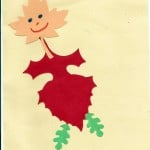 If you have access to iPads, you may want to incorporate the Labo Leaves app in your lesson as well. It provides students with digital leaves that they can drag into position to create leaf animals that burst into life when completed. What a great hands-on introduction to the possibilities of designing with leaves! See for yourself:
If you have access to iPads, you may want to incorporate the Labo Leaves app in your lesson as well. It provides students with digital leaves that they can drag into position to create leaf animals that burst into life when completed. What a great hands-on introduction to the possibilities of designing with leaves! See for yourself:
You can purchase Labo Leaves for ios ($1.99) or android ($0.99) and once you download the app you can use it without an internet connection. You can see other Labo apps here.
What are your favorite fall leaf read-alouds? Please share in the comments or tweet me @LibraryLoriJune

